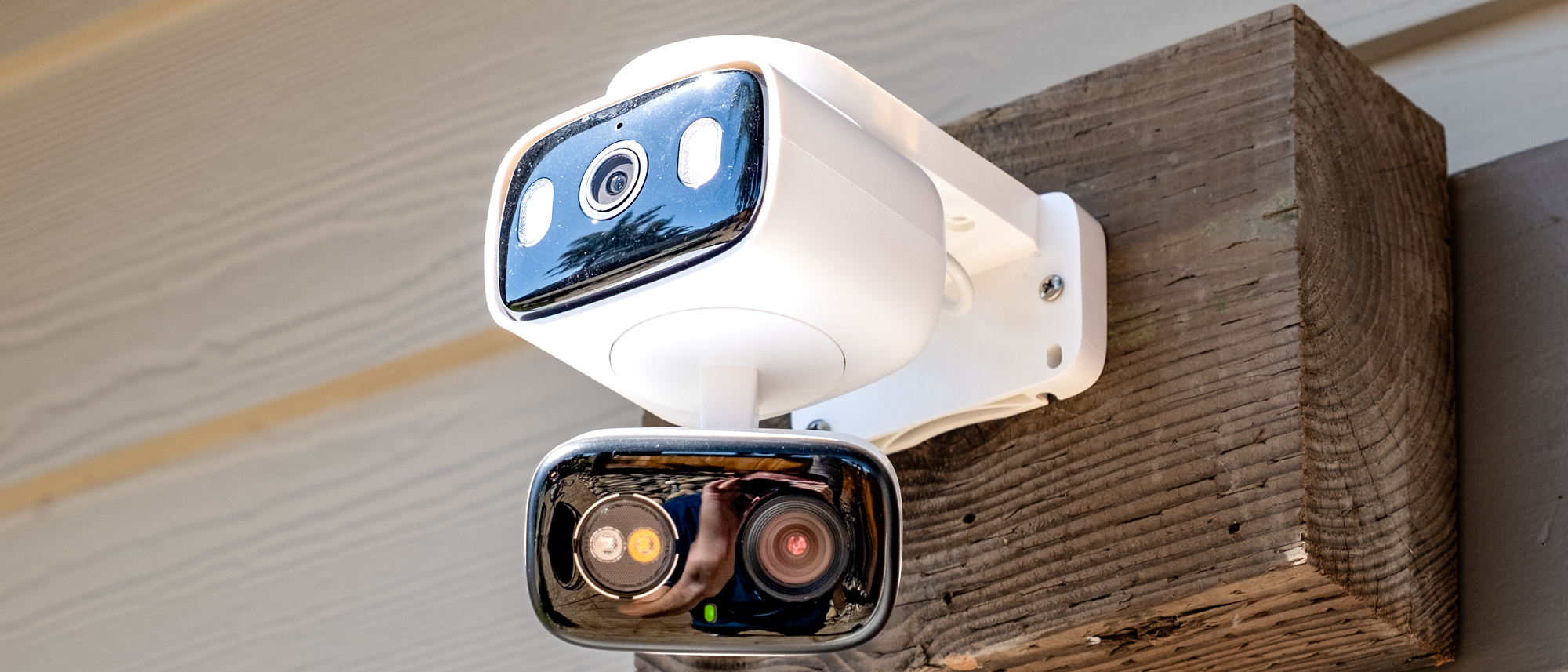Apple’s Self Service Repair now lets you fix your iPhone 14 and new MacBook at home
iPhone 14, MacBook Air M2 and more devices are now repairable at home

Apple’s Self Service Repair program is getting another upgrade, letting ordinary people repair some of the more recent Apple devices without having to make a trip to the Apple Store. So If you’ve managed to break your iPhone 14, 2022 MacBook Air M2 or 2023 MacBook Pro 14-inch with M2 Pro or M2 Max, you’re now in luck.
As of June 21, all three devices will be joining the ranks of Apple’s DIY repair service. That means the company will be offering parts, tools and instructions that enable repair on a range of technological maladies. Provided, of course, that you’re willing to pay for them.
Apple also announced that Self Service Repair is now available for TrueDepth cameras on the iPhone 12, iPhone 13 and Mac desktops running on the M1 chip. So if something goes wrong, and you’re confident enough to make those repairs yourself, it means you can get things done without handing your device over to an Apple technician.
But that’s not all, Apple also announced it’s updating the System Configuration process. That process is used to ensure genuine Apple parts are used, those parts are working properly and that the repair has been completed correctly. Previously users would have to contact the Self Service Repair team to initiate this step and finalize their repair, but that’s no longer the case,
Instead it’s possible to do it yourself by putting an iPhone into Diagnostics mode and following the on-screen instructions. Which is as it should be, since it’s hardly a DIY process if you have to have your work verified by a third party — even if that process is completely remote.
How does Apple Self Service Repair work?
All Apple Self Service Repairs have to be done through the official Repair Store website. Forms ask you what device you have, or figure that out from your serial number, and offer a list of available repairs you can perform yourself. It’s worth noting that not all parts are actually available for repairs.
For example there’s no option to repair back glass on older iPhones, up to the iPhone 13 series, but you can get the right parts for the iPhone 14. Those parts also tend to be rather expensive, and parts for an iPhone 14 back glass repair will set you back $130. A 7-day iPhone 14 tool rental will also set you back another $49 — further increasing the final price tag.
Get instant access to breaking news, the hottest reviews, great deals and helpful tips.
You’ll also need to give Apple your serial or IMEI number before you’re allowed to order parts for a self repair. Broken parts that are replaced can also be sent back to Apple for recycling and proper disposal. In some cases this earns you a credit, which can reduce the cost a little — but not by a huge amount
Of course that’s assuming you have the confidence and knowledge to physically do the repairs yourself. Apple products are not known for being easy to repair, especially MacBooks. So self-repair is certainly not for the faint of heart. It may even be easier (and potentially cheaper) to subscribe to Apple Care Plus and get all your repairs done by the professionals.
More from Tom's Guide
- The walled garden is crumbing — third-party iPhone app stores may be coming
- EU could force Apple to make iPhone batteries replaceable — what you need to know
- OnePlus V Fold renders give us a really good look at upcoming foldable

Tom is the Tom's Guide's UK Phones Editor, tackling the latest smartphone news and vocally expressing his opinions about upcoming features or changes. It's long way from his days as editor of Gizmodo UK, when pretty much everything was on the table. He’s usually found trying to squeeze another giant Lego set onto the shelf, draining very large cups of coffee, or complaining about how terrible his Smart TV is.
